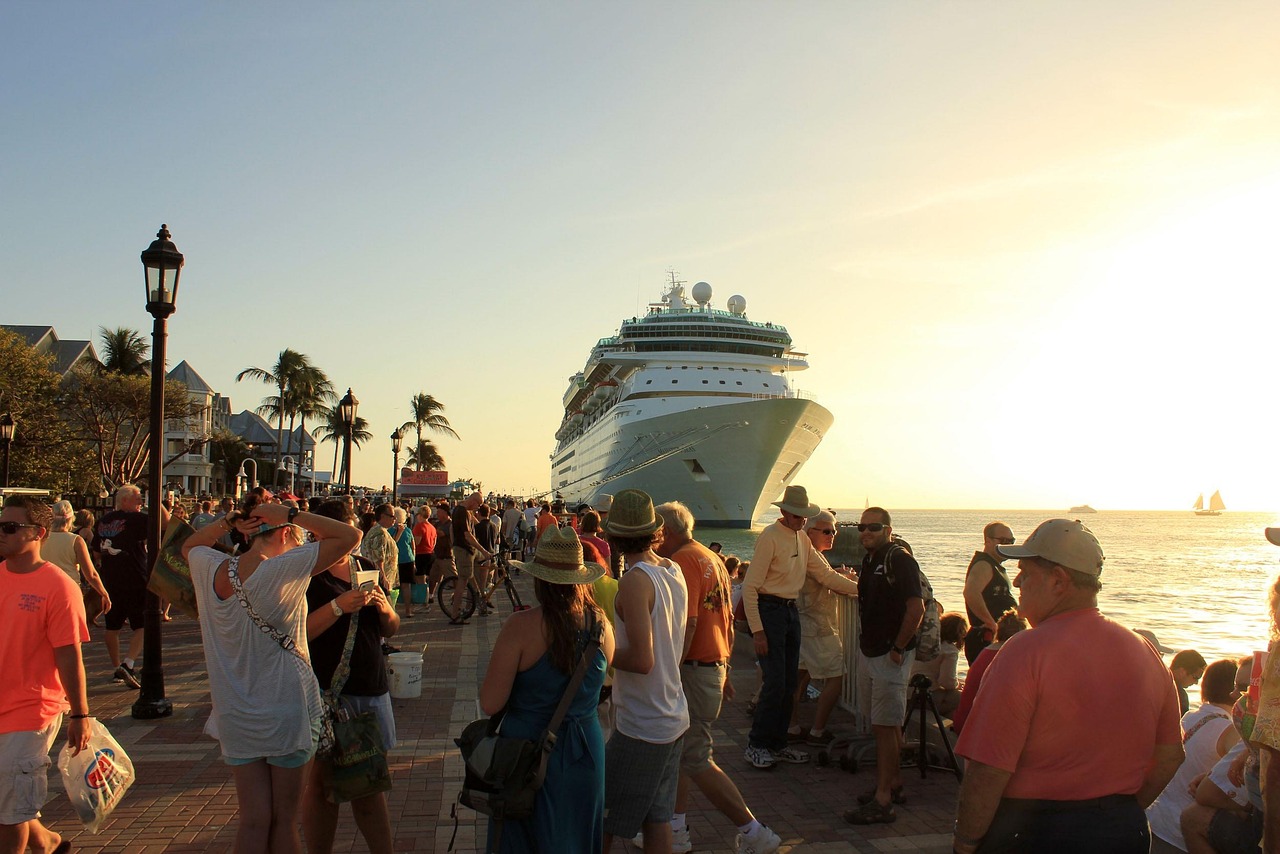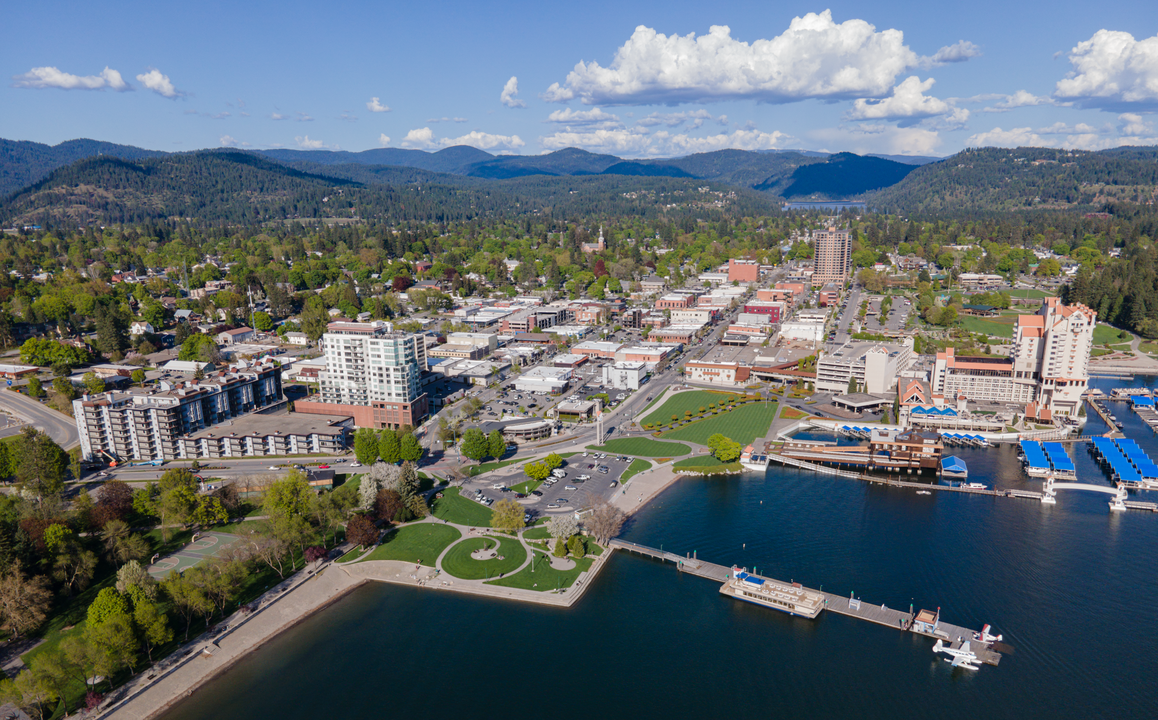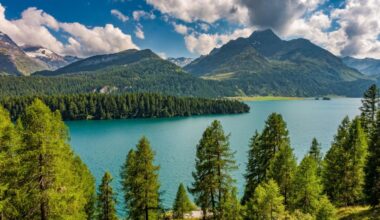Coastal hubs love guests, but mega arrivals can swamp streets, strain sewers, and push groceries aside for souvenirs. Ports now cap ship counts, move berths away from historic cores, and add fees that reflect actual costs. Locals are not anti travel. They are pro sleep, clean water, and room to live. The places below still welcome visitors, just not all at once. What this really means is simple. A healthier harbor asks for smaller ships, longer stays, and better manners.
Venice, Italy
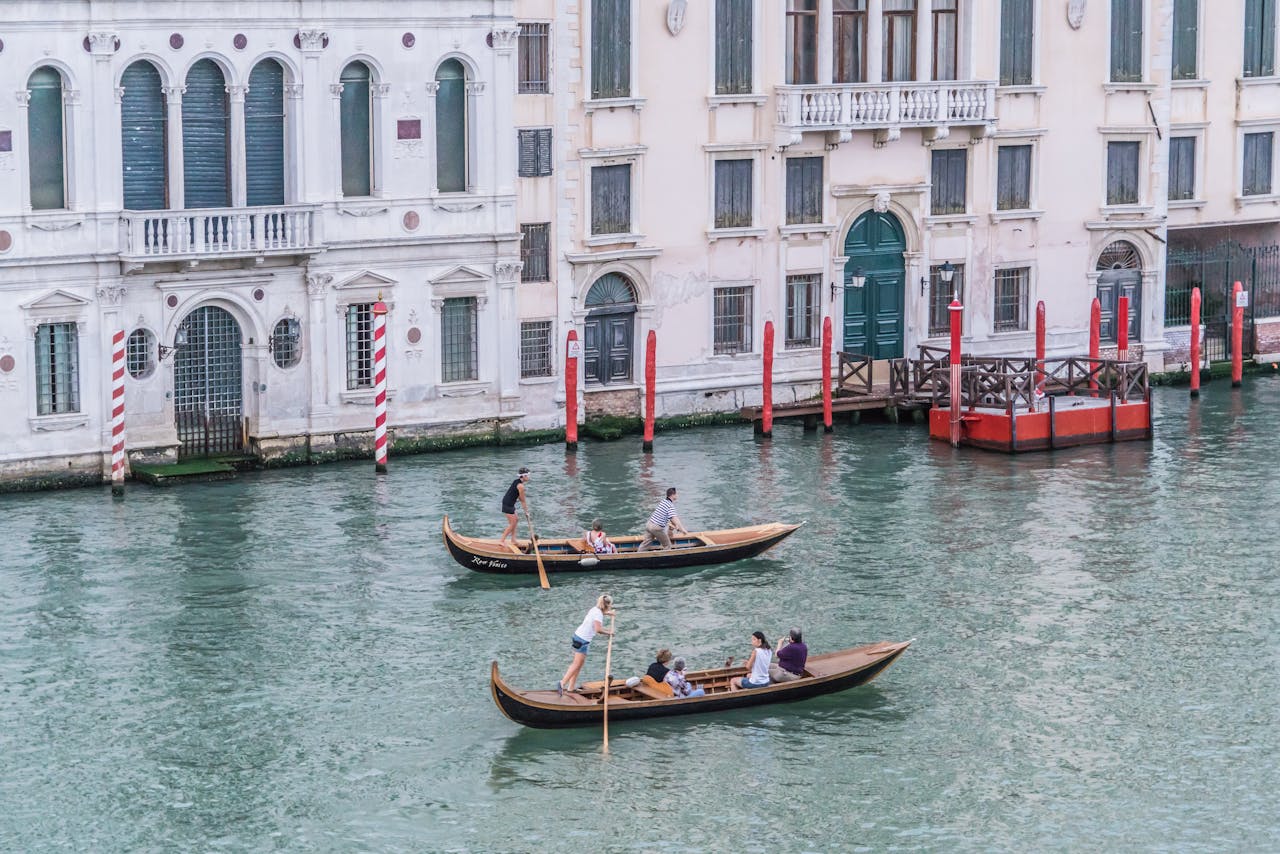
Venice no longer allows large cruise ships through St. Mark’s Basin, sending them to industrial terminals far from the fragile heart. The city added a day visitor fee to cool midday surges and fund services that tourists use but rarely see. Fewer funnels in the lagoon mean less wake and calmer bridges, which gives residents a little breathing room. Travelers who sleep in the city and walk early or late fit the new model. The aim is preservation that residents can feel at ground level.
Amsterdam, Netherlands
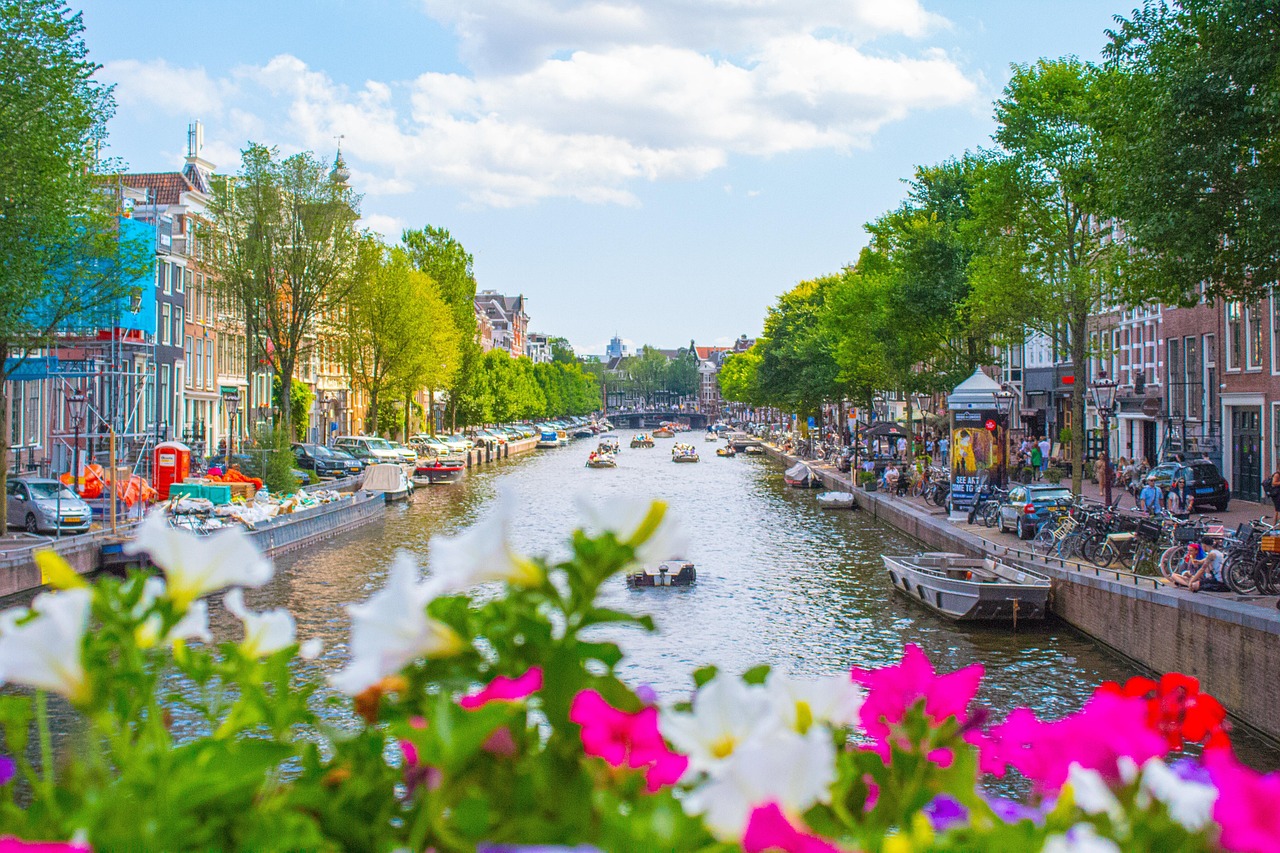
Amsterdam banned mega ships at the central terminal and nudged the city away from quick dock-and-dash calls. The move pairs with efforts that discourage nuisance tourism and keep housing from tilting toward weekend rentals. Canal districts handle bikes and strollers well, but not rolling crowds that arrive in a single morning. Smaller vessels and fewer visits protect air quality and sanity. The message is clear and polite. Come slower, stay longer, and treat the city as a place to live.
Dubrovnik, Croatia
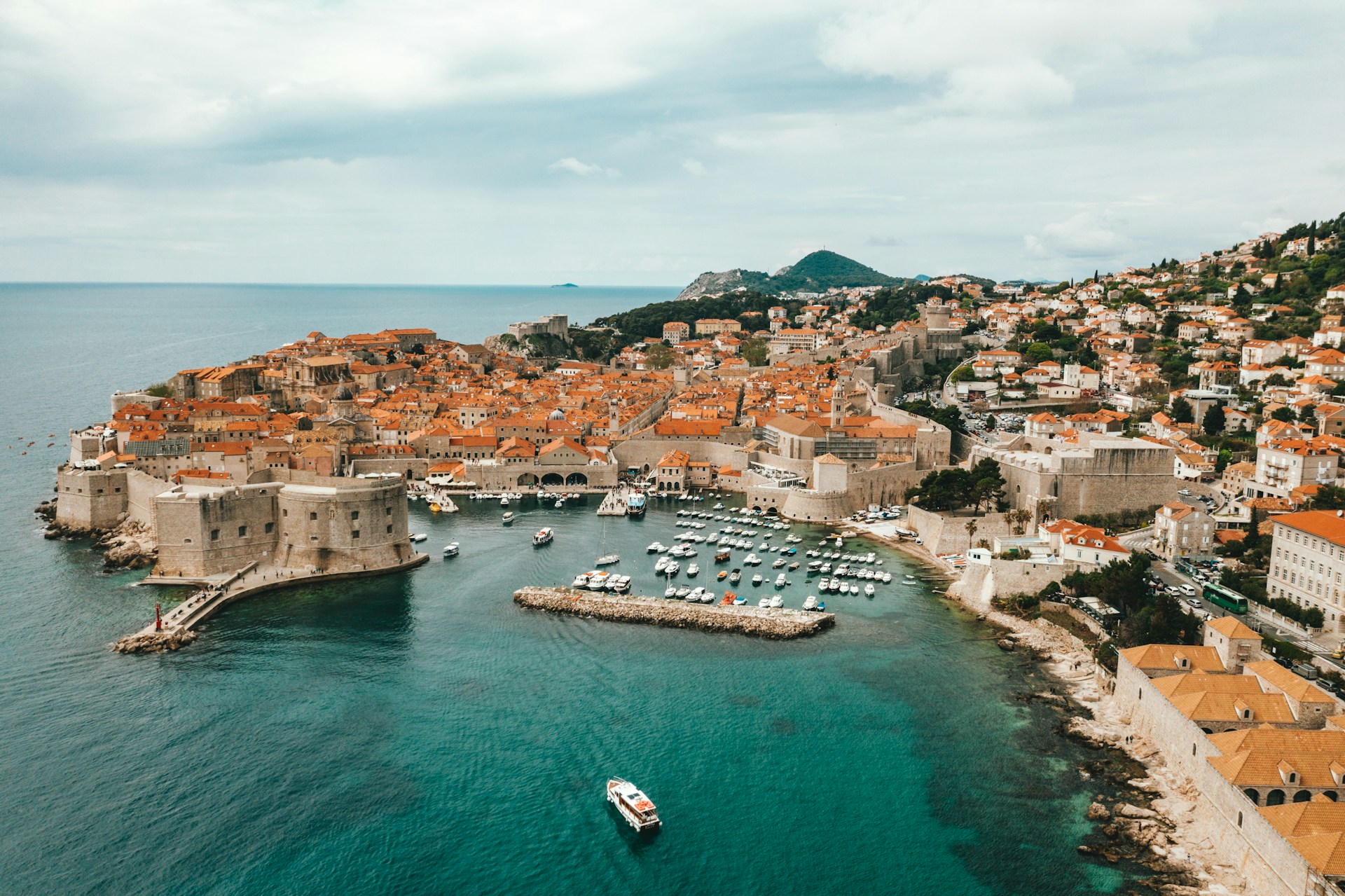
Dubrovnik now limits cruise calls to two ships per day and requires luggage storage for day trippers so alleys do not turn into obstacle courses. The old town’s stones were built for neighbors, not stampedes on the hour. Caps smooth foot traffic, let shopkeepers serve locals, and help the walls feel like a city again. Visitors who sleep inside the gates and wander outside Stradun meet a calmer rhythm. Quantity drops a little, and quality rises a lot.
Bar Harbor, Maine, USA
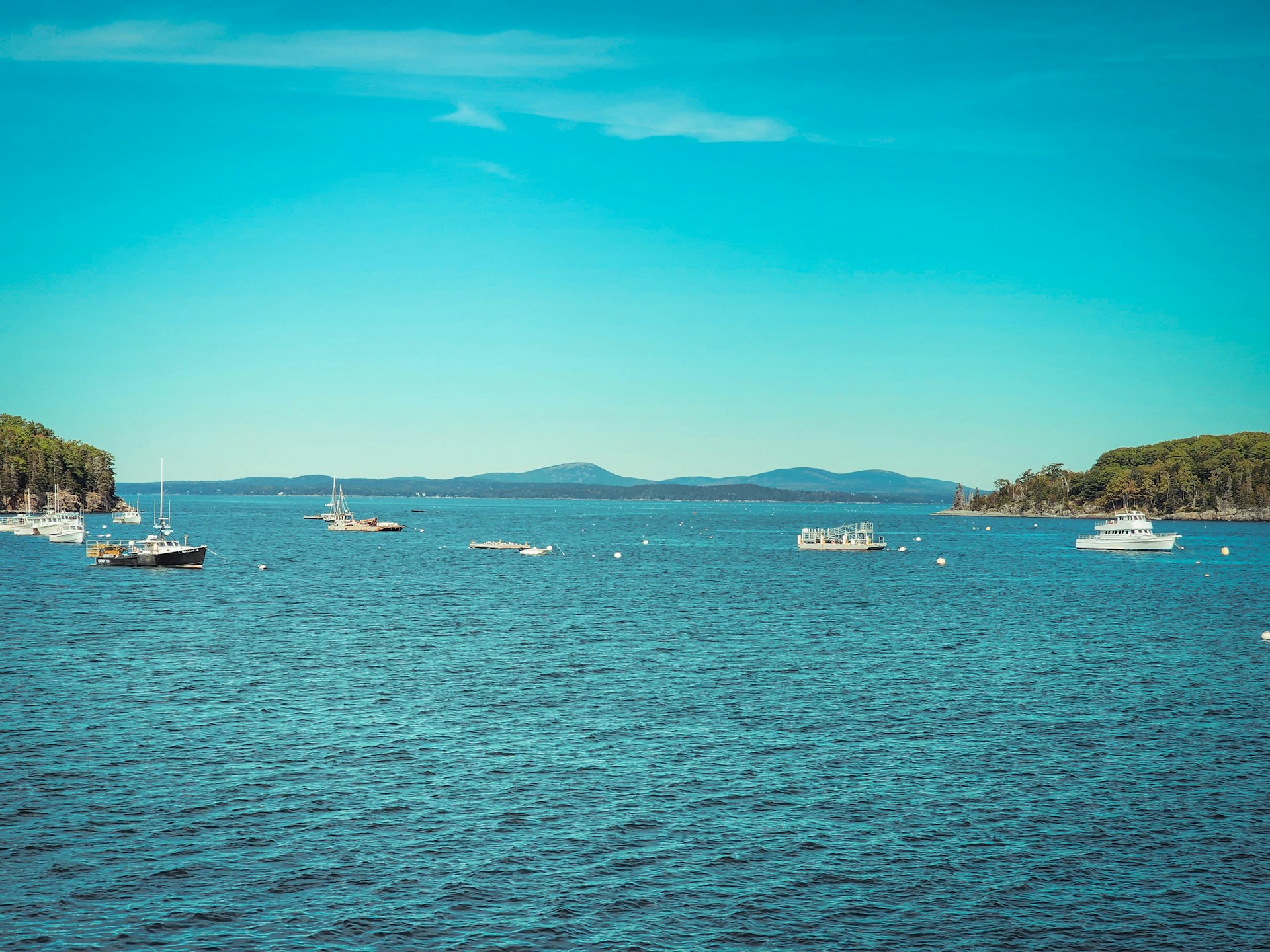
Voters backed a daily cap on disembarkations, and officials stiffened enforcement after packed sidewalks and jammed shuttles tested patience. The harbor still hosts ships, just fewer passengers at a time, which keeps Acadia trailheads and cottage streets from tipping. Businesses report steadier sales spread across more days, and residents reclaim basic errands. The policy reads as common sense. Small scale fits a small town, and a postcard view survives when crowds stop arriving by the thousand.
Juneau, Alaska, USA
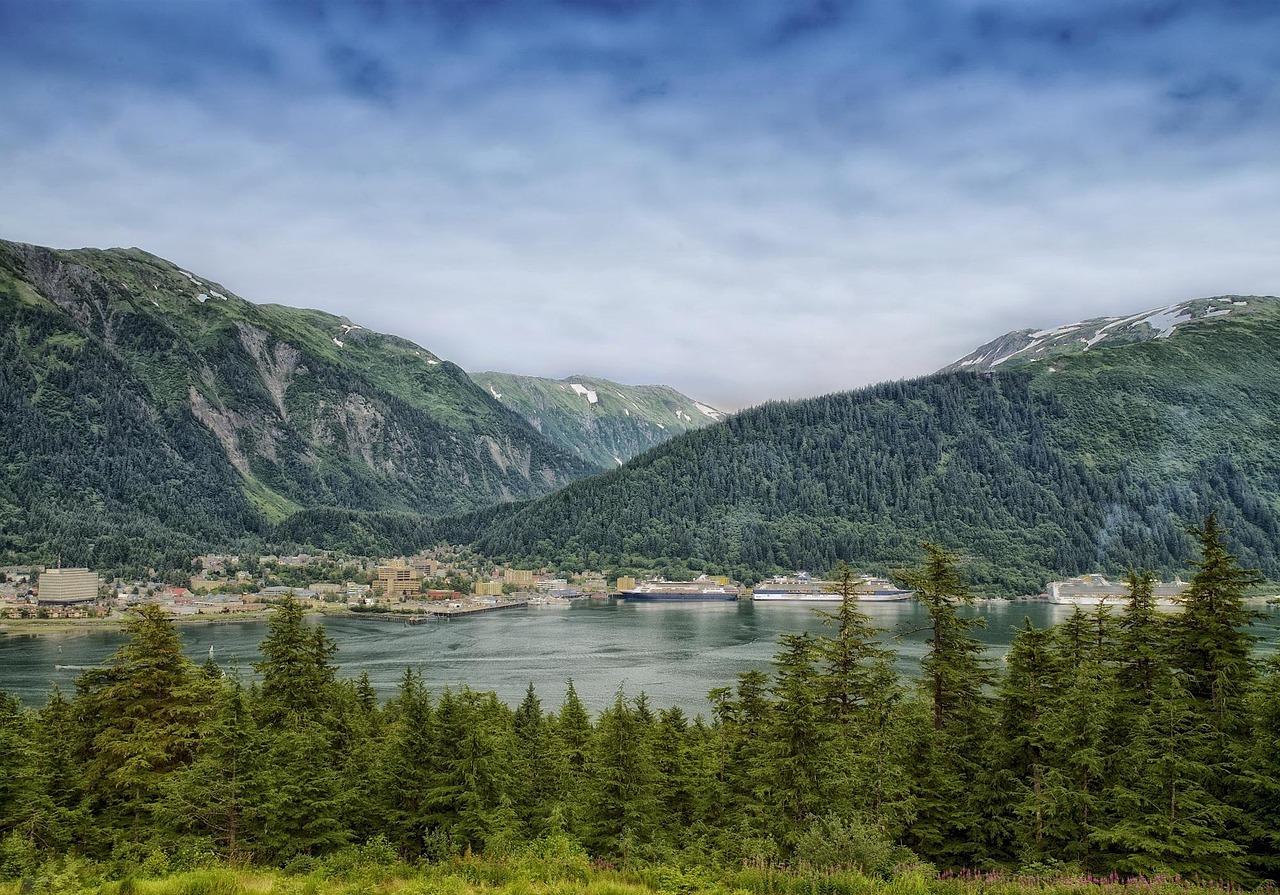
Juneau struck a deal with cruise lines to limit daily passengers during peak months, balancing jobs with a downtown that can breathe. Glaciers and whales still headline, but disembarkations stretch across the week instead of crushing the same noon hour. Shore tours get space to operate, and harbor air feels cleaner. The city’s bet is simple. Less clumping, more pacing. Travelers who stay a night or two leave more behind than footprints, which turns tourism into a relationship, not a rush.
Santorini, Greece
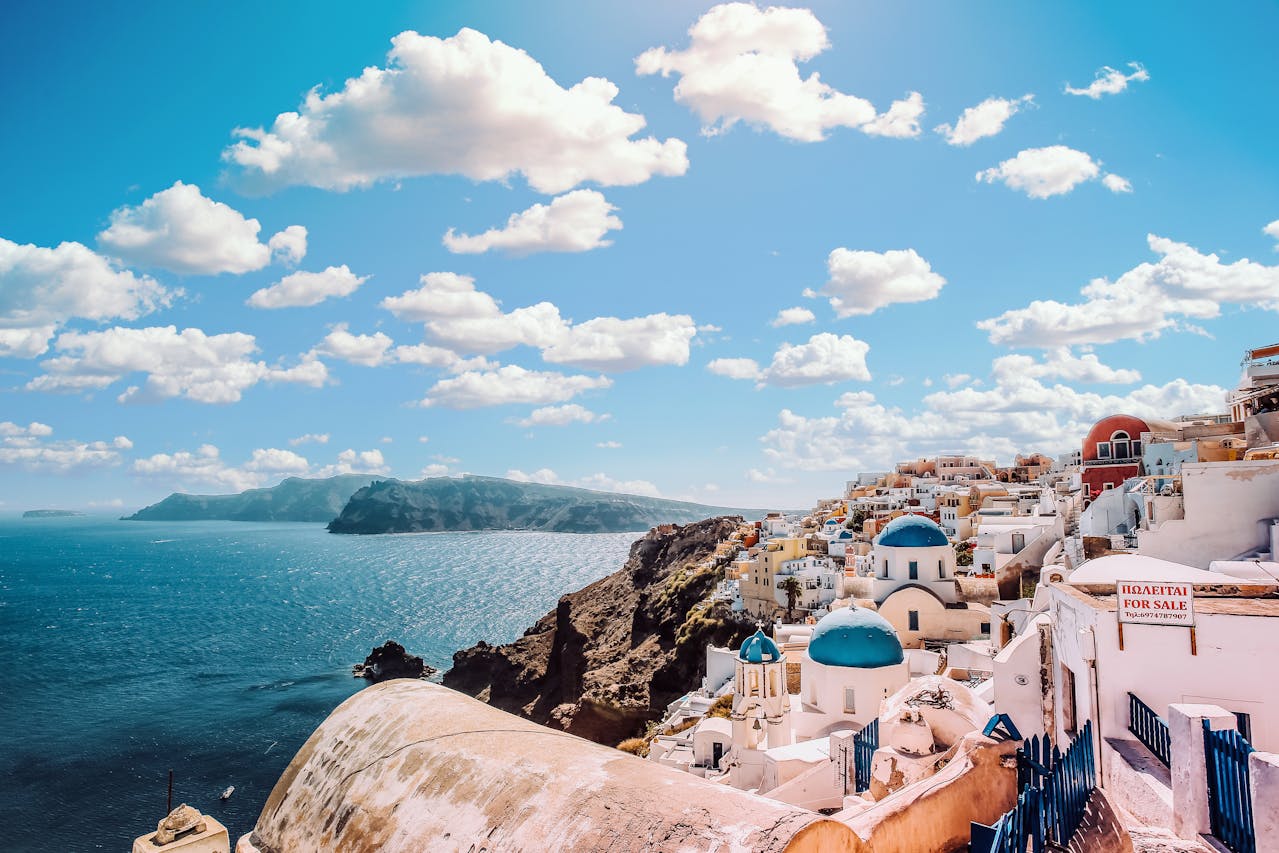
Santorini’s caldera villages are beautiful and brittle. Authorities set daily limits on ship arrivals and manage tenders to ease pressure on Oia’s steps at sunset. Water is scarce, paths are narrow, and cliffs do not move, so volume must. Fewer landings keep buses from snaking endlessly along the ridge and let families sleep. Guests who book rooms, visit in shoulder seasons, and spread out beyond the same postcard turn a fragile island back into a place meant to be lived in.
Bora Bora, French Polynesia
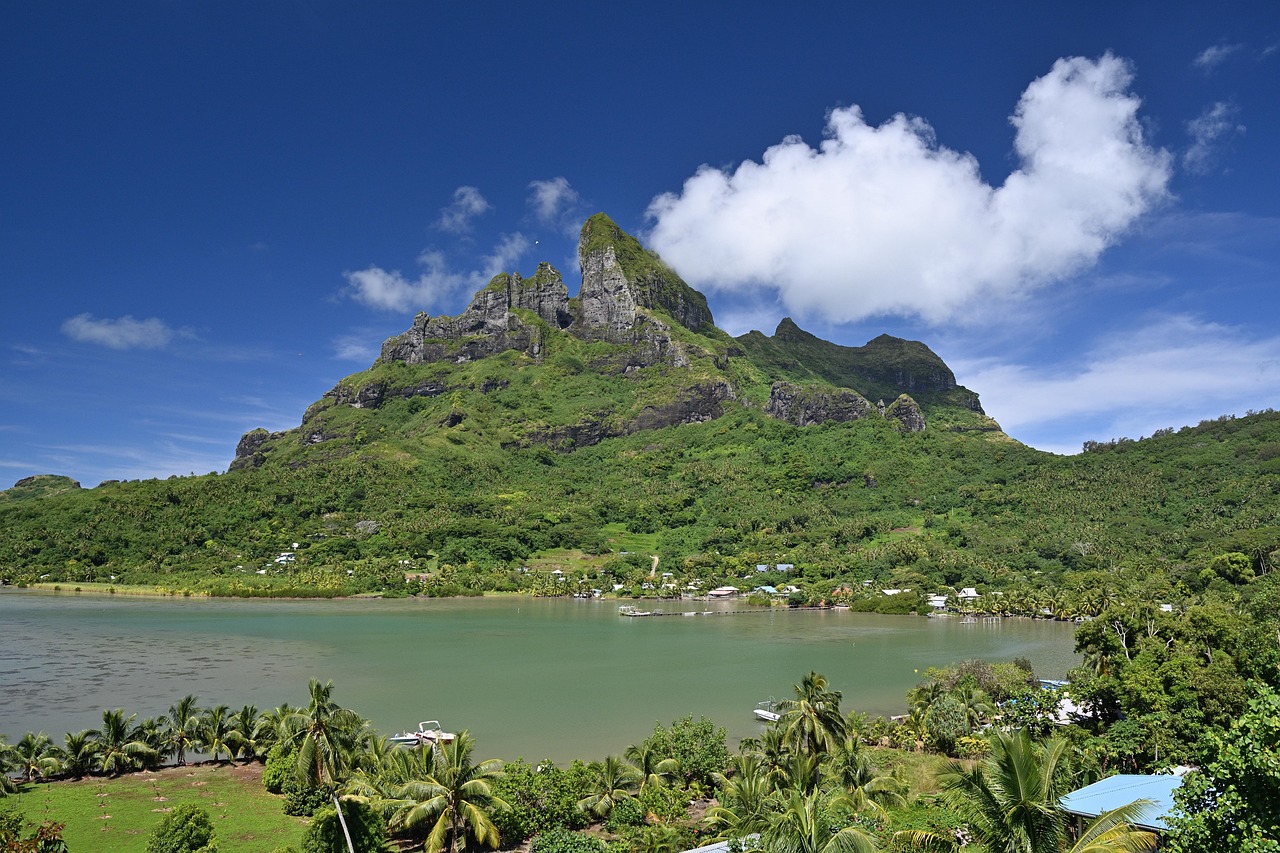
Bora Bora restricts very large ships and controls anchoring to protect reefs and lagoon clarity. Coral does not forgive poorly placed tenders or sudden waves of sunscreened swimmers. Smaller vessels, careful moorings, and staggered calls keep fish nurseries intact and beaches clean. Local guides still work, but the work reads as stewardship. Visitors who arrive by modest ship or plane and move lightly fit the policy. The reward is obvious. The water stays as blue as the photo suggests.
Palma de Mallorca, Spain
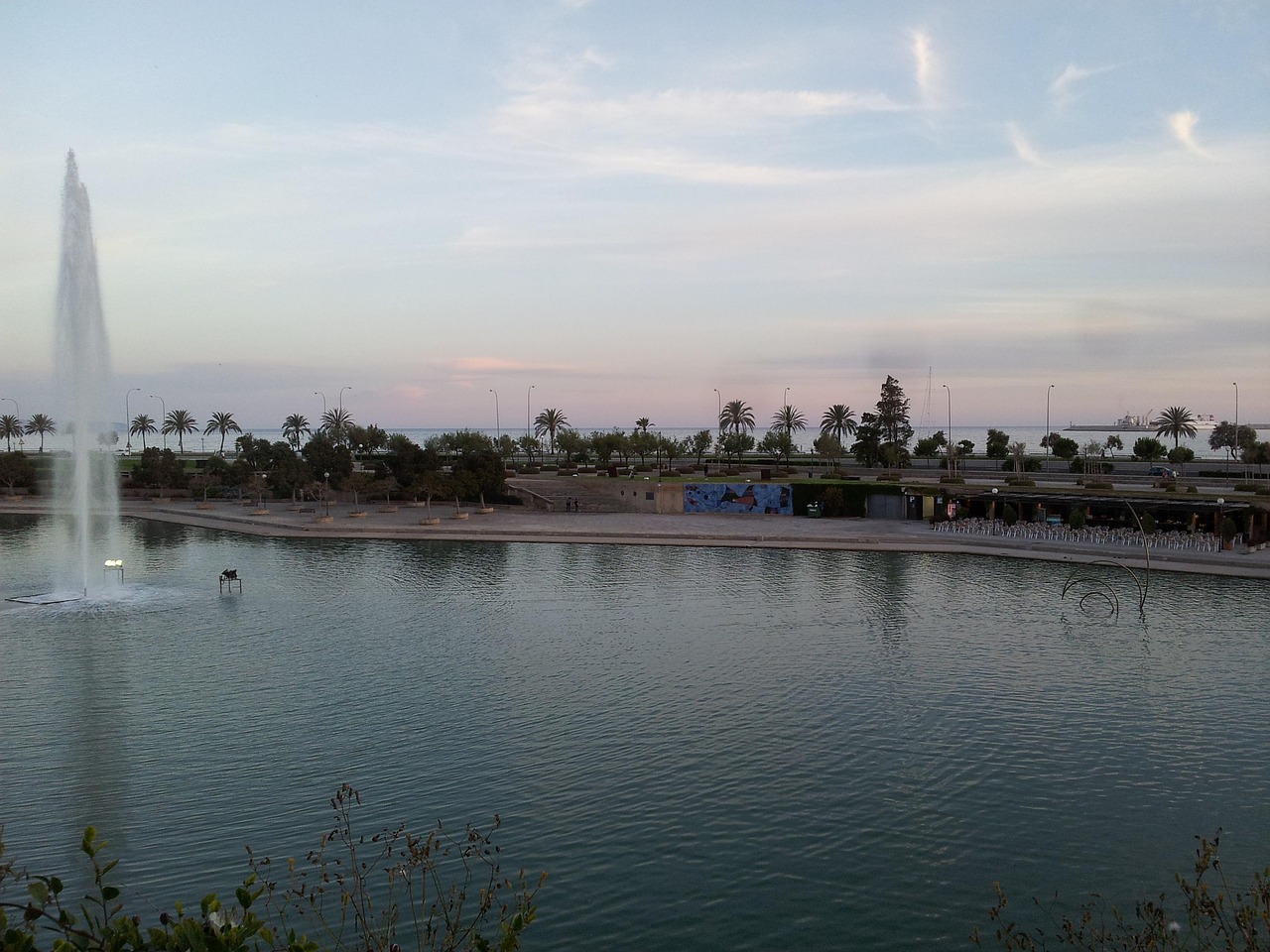
The Balearic capital capped daily calls and limited mega ships, a compromise that recognizes tight streets and hot summers. Palma wants travelers who linger in courtyards and museums, not tens of thousands funneled past the same cathedral door in an hour. Limits help buses breathe, reduce afternoon noise, and keep the waterfront from feeling like a terminal. The island still welcomes sea travel, just tuned to its scale and the sanity of people who live within earshot.
Barcelona, Spain
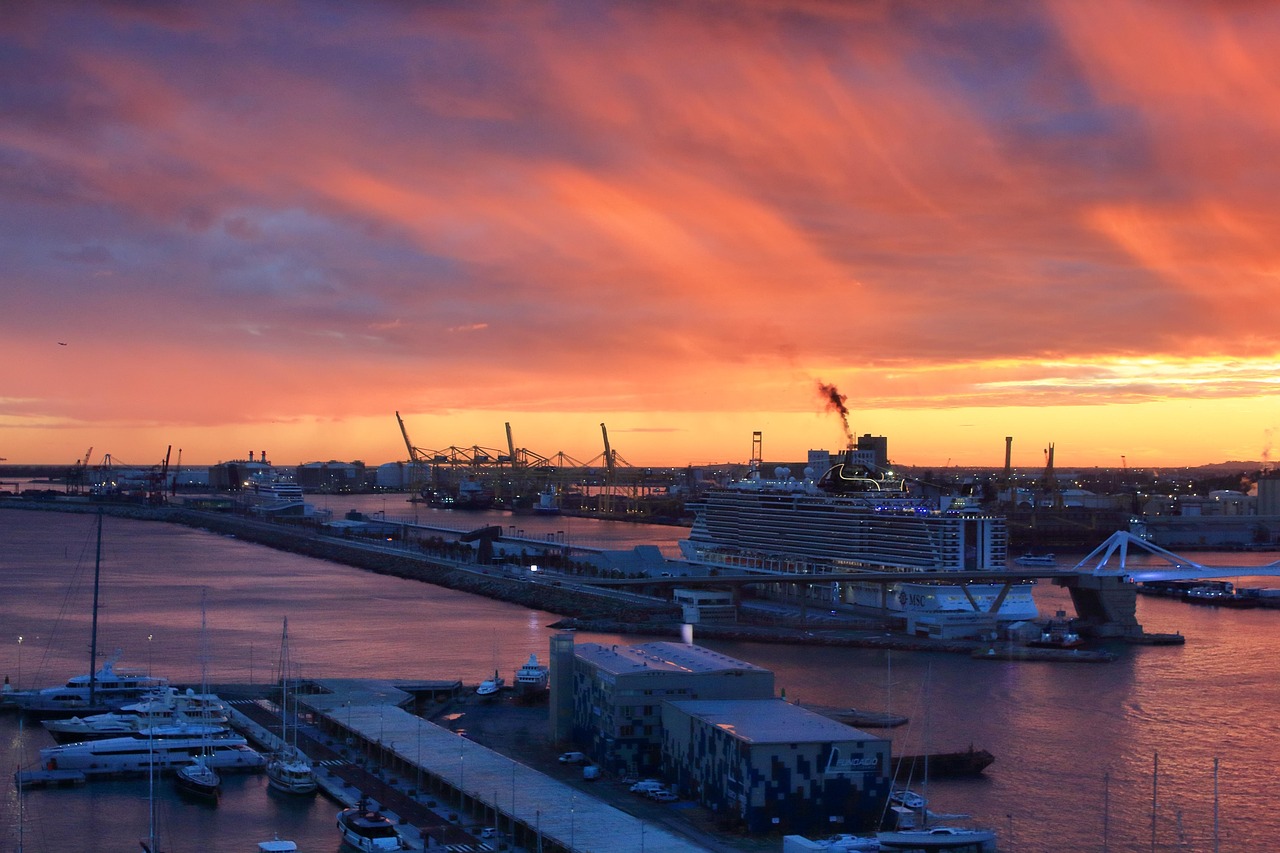
Barcelona shifted many cruise operations away from the city’s core and reduced central berths to cut air pollution and foot traffic in Ciutat Vella. The port remains busy, but quick in-and-out visits give way to routes that dock farther from La Rambla. Combine that with stricter rules on short term rentals, and daily life starts to feel possible again. Travelers who sleep in the city and use transit align with what locals ask for. Balance beats a flood every single time.
Key West, Florida, USA
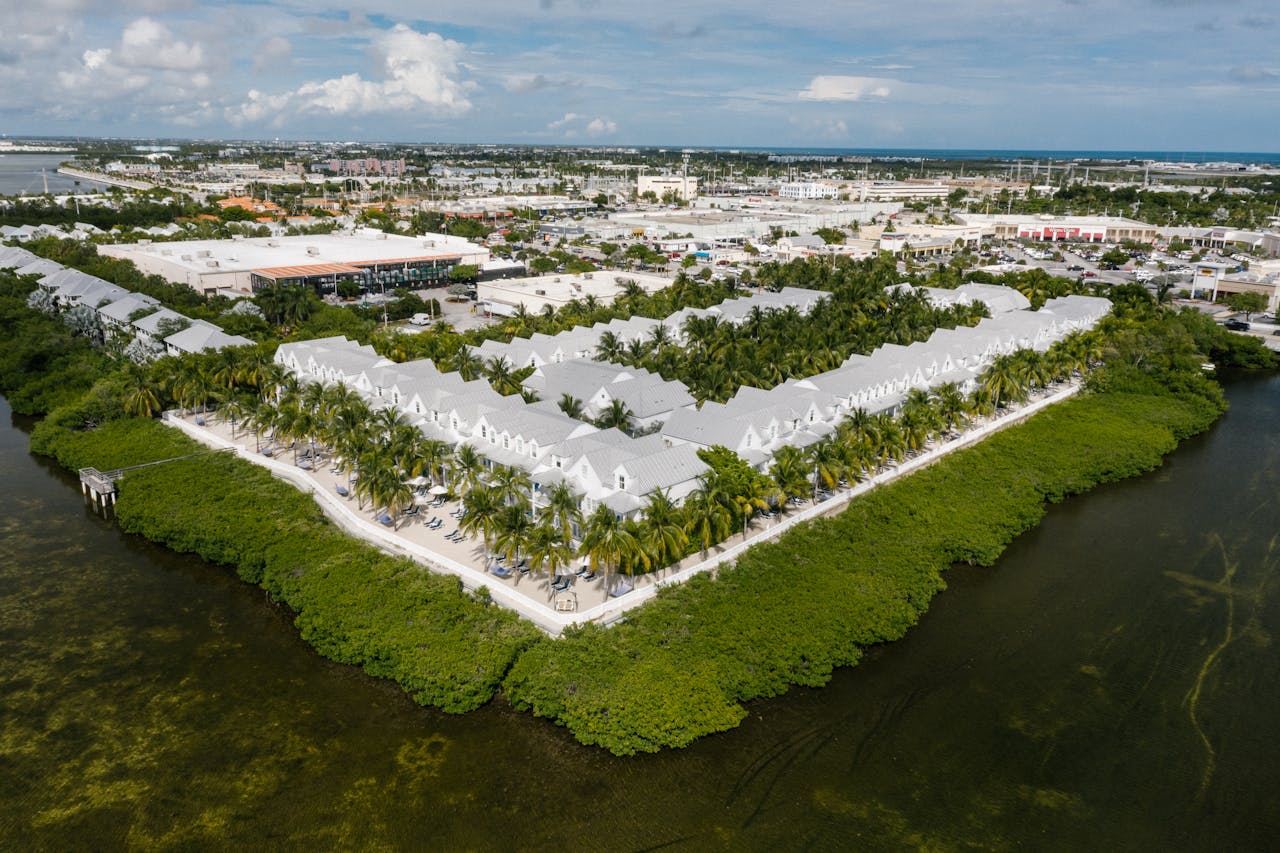
Key West tightened ship access at preferred berths and negotiated down large vessel calls after years of debate. Shallow water, coral, and a small grid magnified each arrival’s impact. Fewer mega ships mean cleaner harbor plumes, safer snorkel days, and sidewalks that feel like a town instead of a funnel. The island still hosts visitors by ferry and smaller vessels, but the tide has shifted. Quality over volume keeps Duval Street lively and reefs alive for the next tide.
Cannes, France
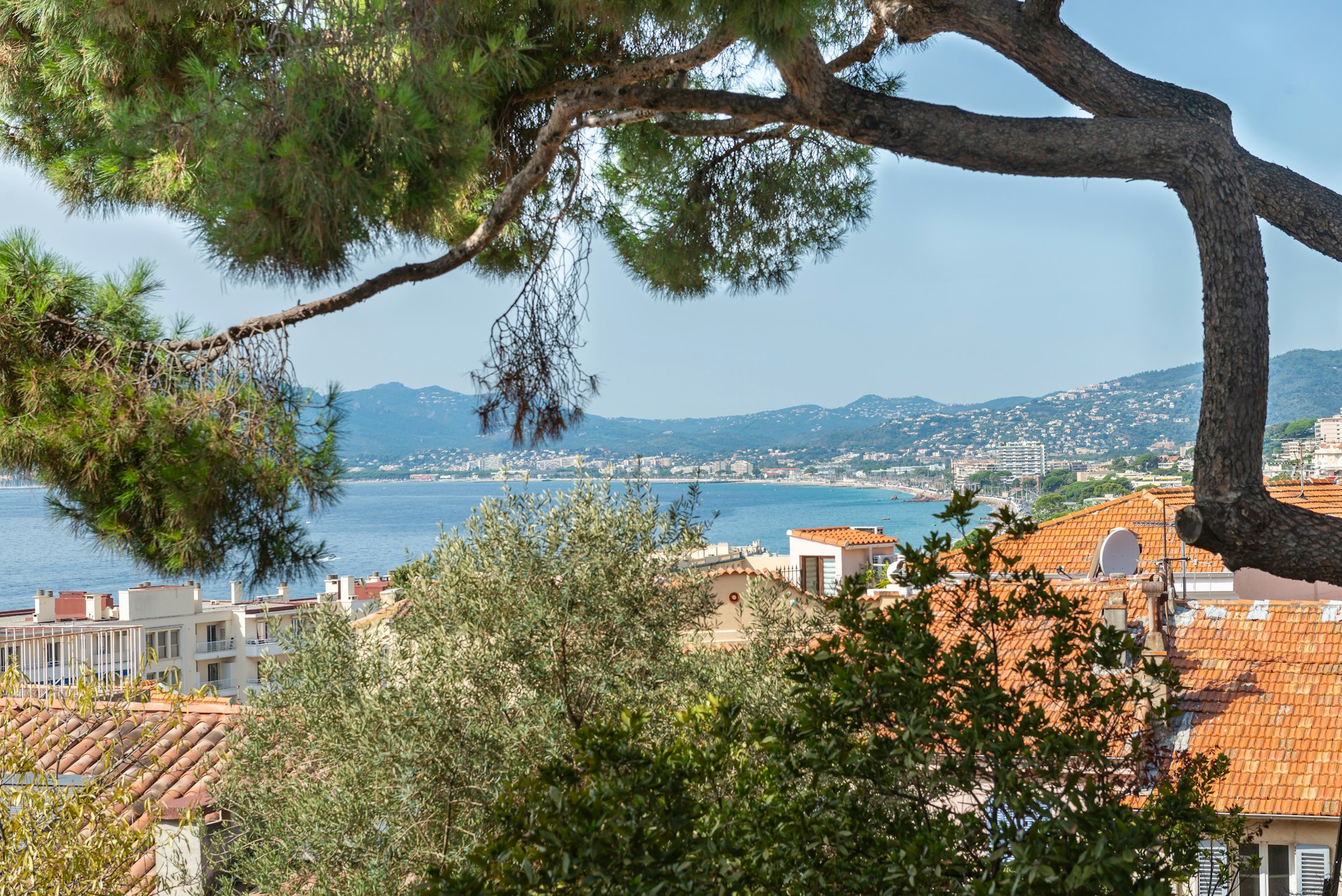
Cannes set stricter environmental standards for cruise calls and warned that ships failing fuel or emissions thresholds would be turned away. The Riviera has room for glamour, not soot. Cleaner visits, tighter tender rules, and fewer noisy arrivals help residents reclaim evenings and let sea breezes feel like sea breezes again. The city bets that guests who meet higher standards spend better, stay longer, and leave a lighter footprint. That gamble looks less like risk and more like repair.
